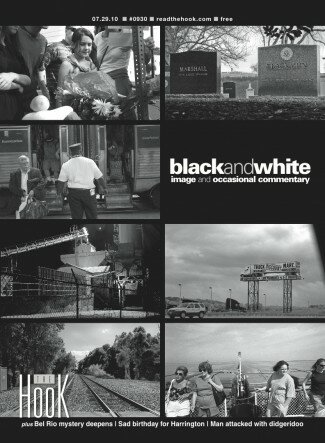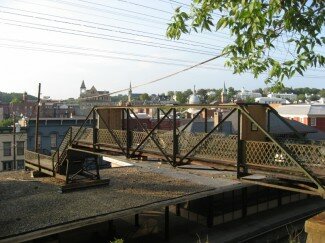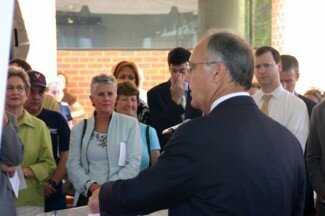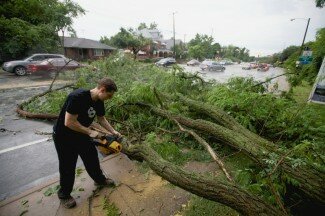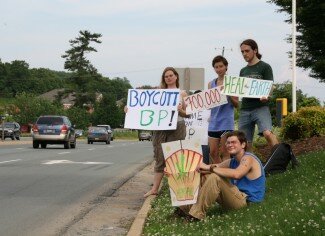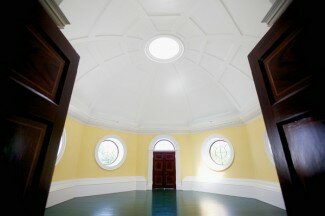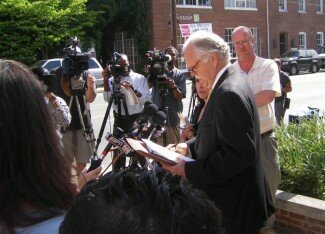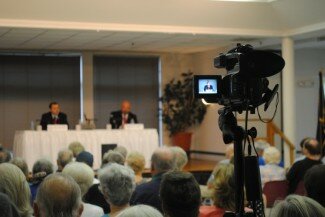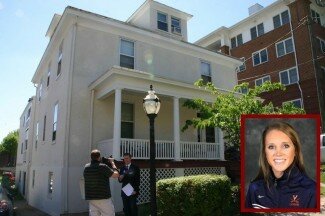ESSAY- Riding the rails: It’s the only way to fly
It’s late afternoon, and I’m standing inside New York’s JFK airport with over a dozen of my favorite relatives, when we suddenly learn that the flight to Reagan National has been canceled due to a severe weather system in the nation’s capital. Even worse, the storm has knocked out the rest of the day’s flights as well.
As frequent travelers know, when weather grounds planes, there’s no free ride and no free hotel— just the prospect of lining up a set of hotel rooms (which can easily run $500/night rooms in Gotham City) or scrambling to find a squad of large, luggage-ready rental cars and enough drivers willing to launch a five-hour (traffic-willing) trek to the DC area.
But now there’s another way. Thanks to the 2004 opening of a rail link, JFK has easy access to Amtrak. For $8.50 per person and about 30 minutes of our time, the combination of the “AirTrain” and the Long Island Railroad took our voluminous group of cousins, in-laws, and tired children to Manhattan’s Penn Station. And that gave us myriad options to ride Amtrak back to the D.C. area. While we chose the high-speed Acela, which was pretty peppy, the point of this story is transportation redundancy. America needs a transportation system in which the pieces fit together.
Planners call this inter-modal transportation, and it’s something that can reduce auto traffic as it allows people in smaller cities like Charlottesville to seamlessly make their way— typically via rail— to the better long-distance options found in bigger cities. Unfortunately, the promise of an inter-modal system has not been met by (more)



 Comments(19)
Comments(19)